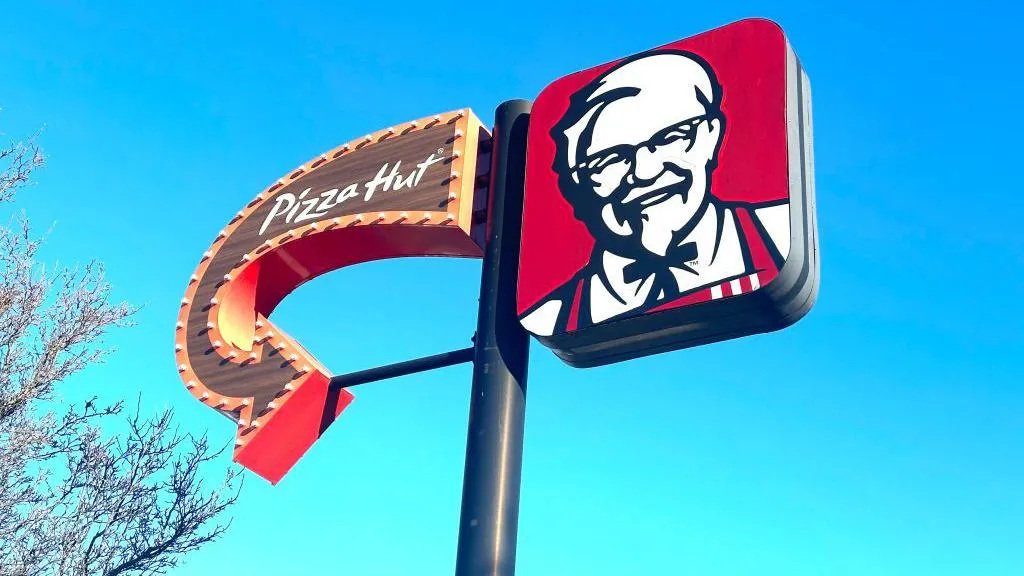The Surge in Fast-Food Promotions: What’s Behind the Latest Trend?
In recent months, the fast-food industry has been characterized by an explosion of promotional offers and special deals. From discounted breakfasts at McDonald’s to value lunches at KFC and Greggs, the market is awash with bargains aimed at attracting cost-conscious customers. But what’s driving this surge in fast-food promotions, and what does it mean for consumers and the industry?
The Battle for Customer Loyalty
The primary driver behind the increasing number of fast-food promotions is fierce competition within the industry. As fast-food giants race to attract budget-conscious consumers, promotional offers have become a crucial strategy. This trend is evident from the significant uptick in promotions between April and June this year, which saw a 33% increase compared to the same period last year, according to data from Meaningful Vision, a sector-tracking firm.
Maria Vanifatova, CEO of Meaningful Vision, explains that the rise in promotions is a strategic move to drive additional traffic to fast-food outlets. With footfall in decline over the past year, promotions are seen as a vital tool to stimulate demand and attract customers back into restaurants.
The Impact of Rising Prices
The context for this promotional frenzy is a significant increase in fast-food prices. During the cost-of-living crisis, many fast-food operators raised their prices sharply. However, these increases have been somewhat steeper than those in grocery stores, according to Siobhan Gehin, a retail expert at Roland Berger. This rapid change in pricing has left consumers adjusting their spending habits, with many opting for cheaper menu items or choosing to eat at home.
The surge in promotions can be seen as a response to this shift. Fast-food chains are using special offers to entice customers who are now more selective about where they spend their money. McDonald’s, for example, has had to rethink its pricing strategy after experiencing its first sales decline since the pandemic. The company has introduced various deals, such as its popular “3 for £3” offer, to provide more value to customers and attract families looking for affordable dining options.
Health Concerns and Marketing Strategies
While these promotions may offer financial relief for customers, they have sparked concerns regarding health impacts. Katherine Jenner, director of the Obesity Health Alliance, critiques the fast-food industry’s marketing tactics, suggesting that multi-buy offers are designed more to drive sales than to genuinely provide savings. According to Jenner, the portion sizes and nutritional content of fast food—often higher in sugar, salt, and fat—can be detrimental to health, and the information provided to consumers is frequently inadequate.
The Role of Technology and Apps
A notable trend in the current promotional landscape is the use of digital apps to deliver deals. Many fast-food chains are leveraging their mobile apps to offer exclusive discounts and promotions. For instance, McDonald’s runs “McDonald’s Mondays,” and Burger King offers “Whopper Wednesdays” through their apps. This strategy not only attracts tech-savvy customers but also helps build brand loyalty by providing personalized deals.
Maria Vanifatova highlights that app-based promotions are becoming a staple in the industry. Companies are increasingly using apps to reach loyal customers and offer them incentives to keep them engaged. This trend is likely to continue as more businesses adopt digital tools to enhance their promotional strategies.
Looking Ahead: The Future of Fast-Food Promotions
As for how long this promotional trend will last, experts have varying predictions. Clare Bailey, an independent retail expert, notes that once consumers become accustomed to discounts, it can be challenging for companies to withdraw them without losing customer loyalty. On the other hand, Siobhan Gehin anticipates that while discounting will remain prominent for the near future, it may gradually decrease as consumer sentiment improves and economic conditions stabilize.
Source: BBC


